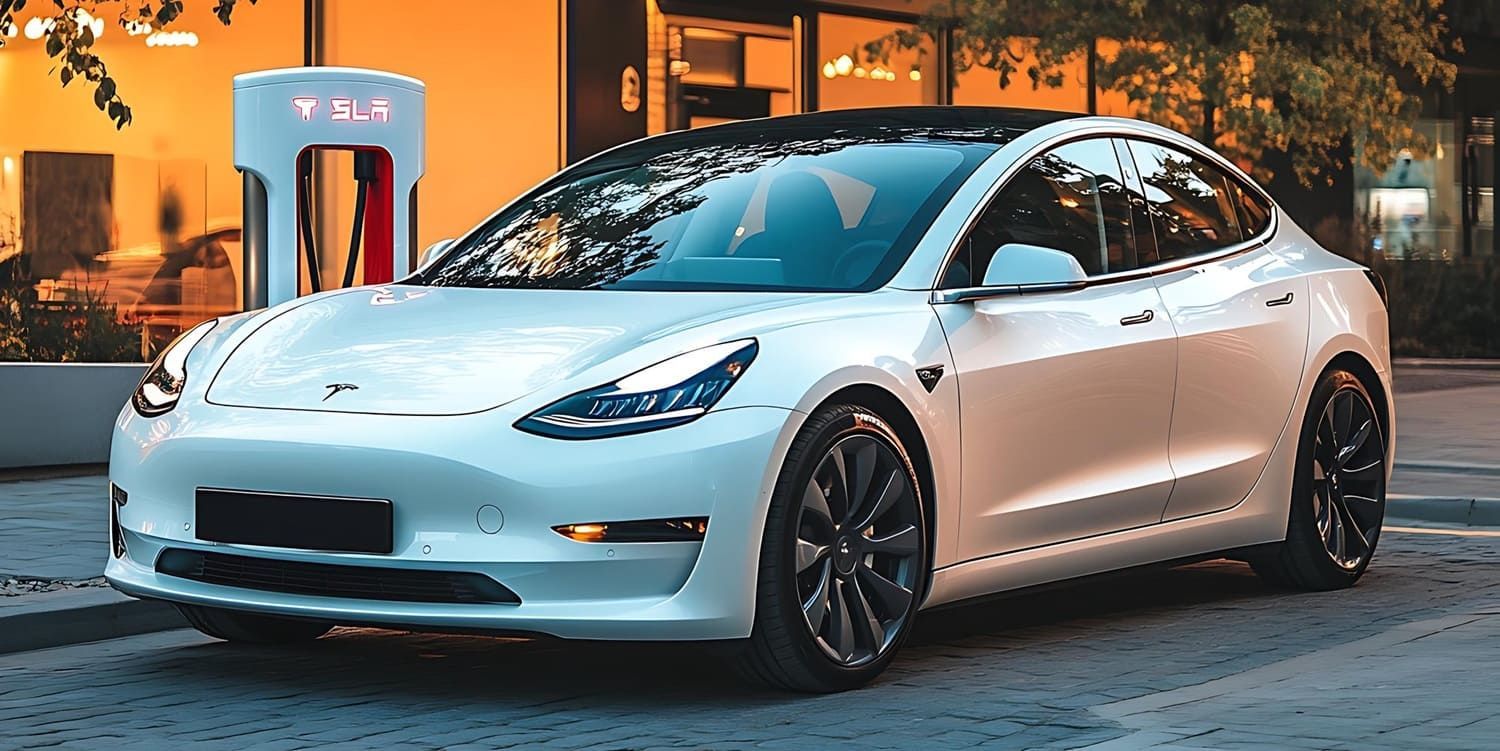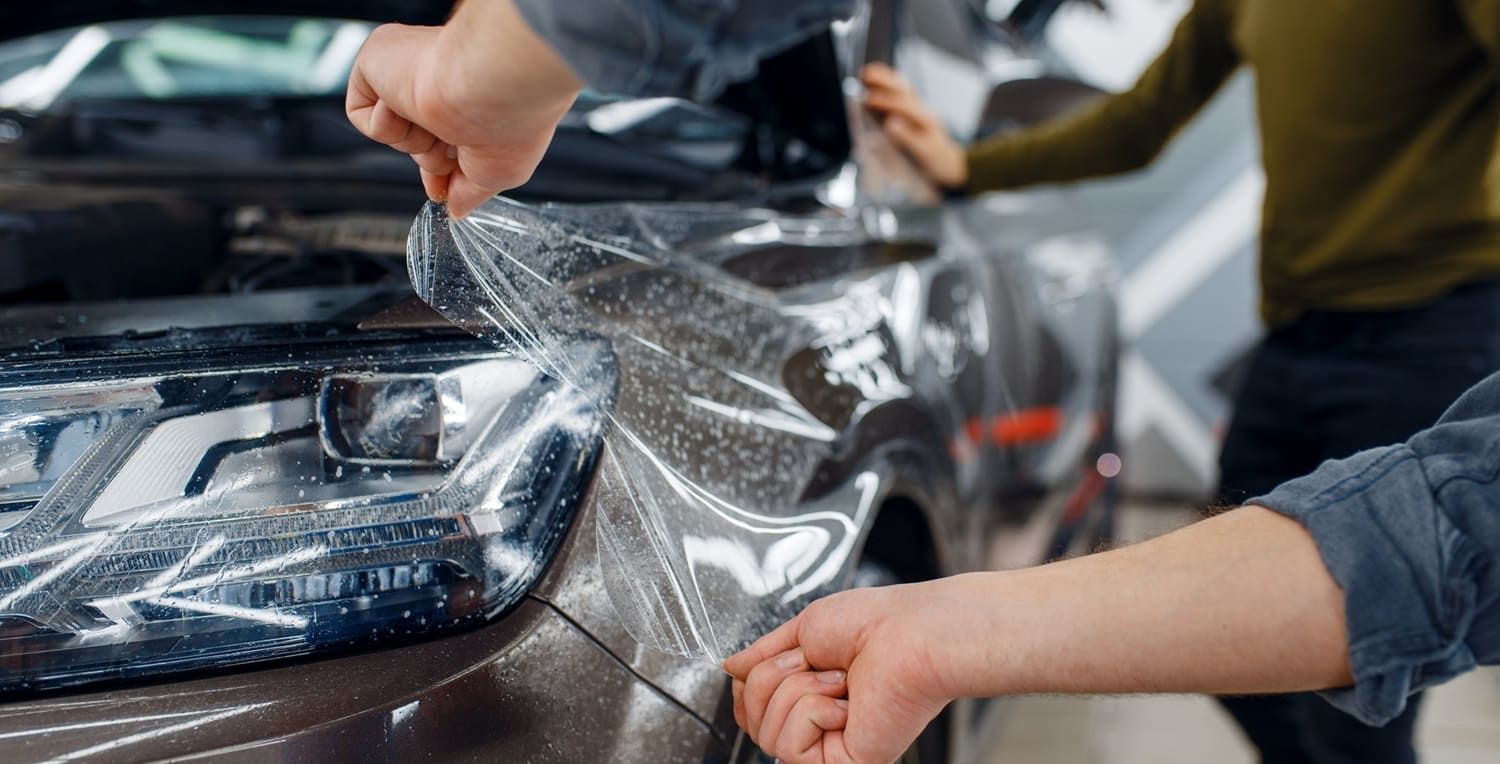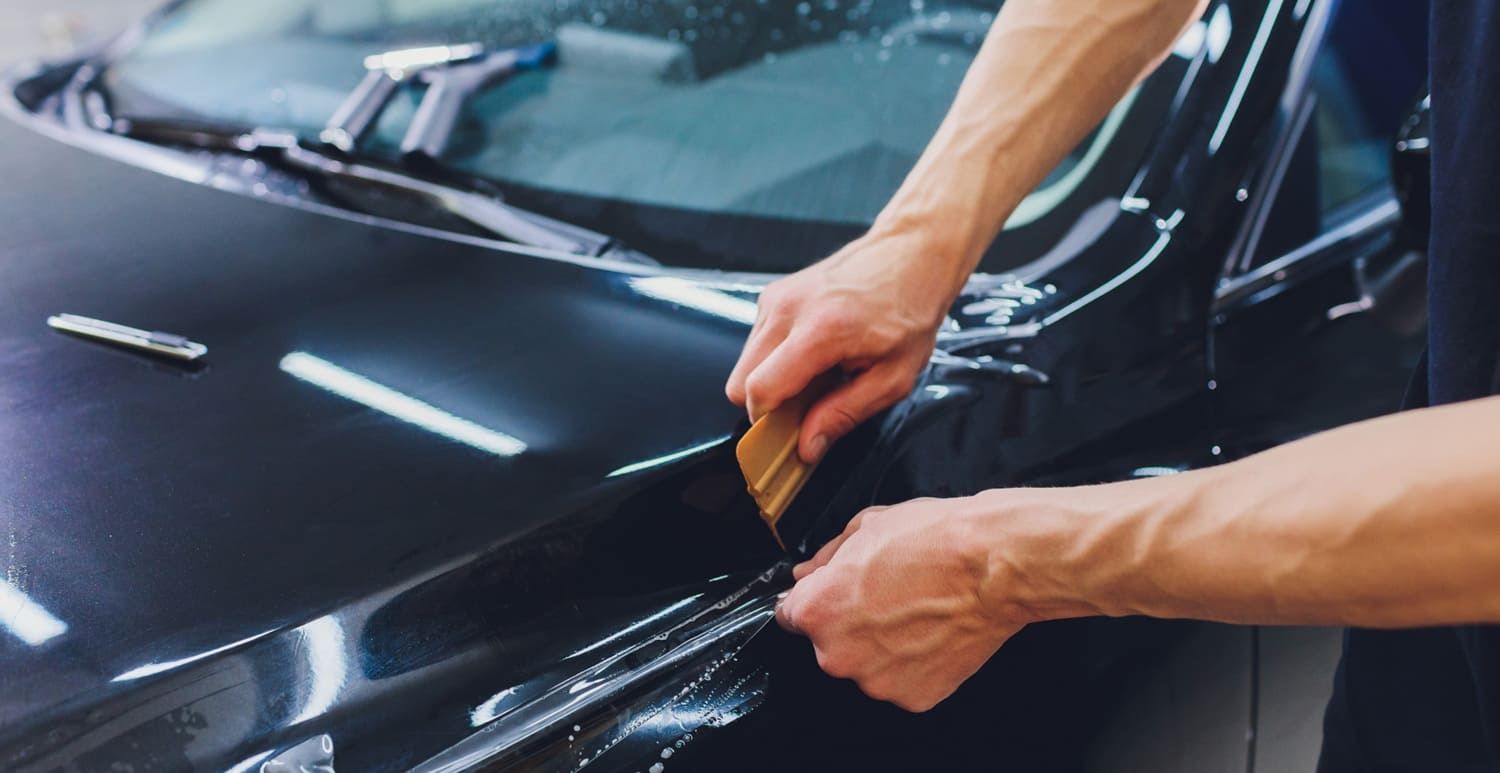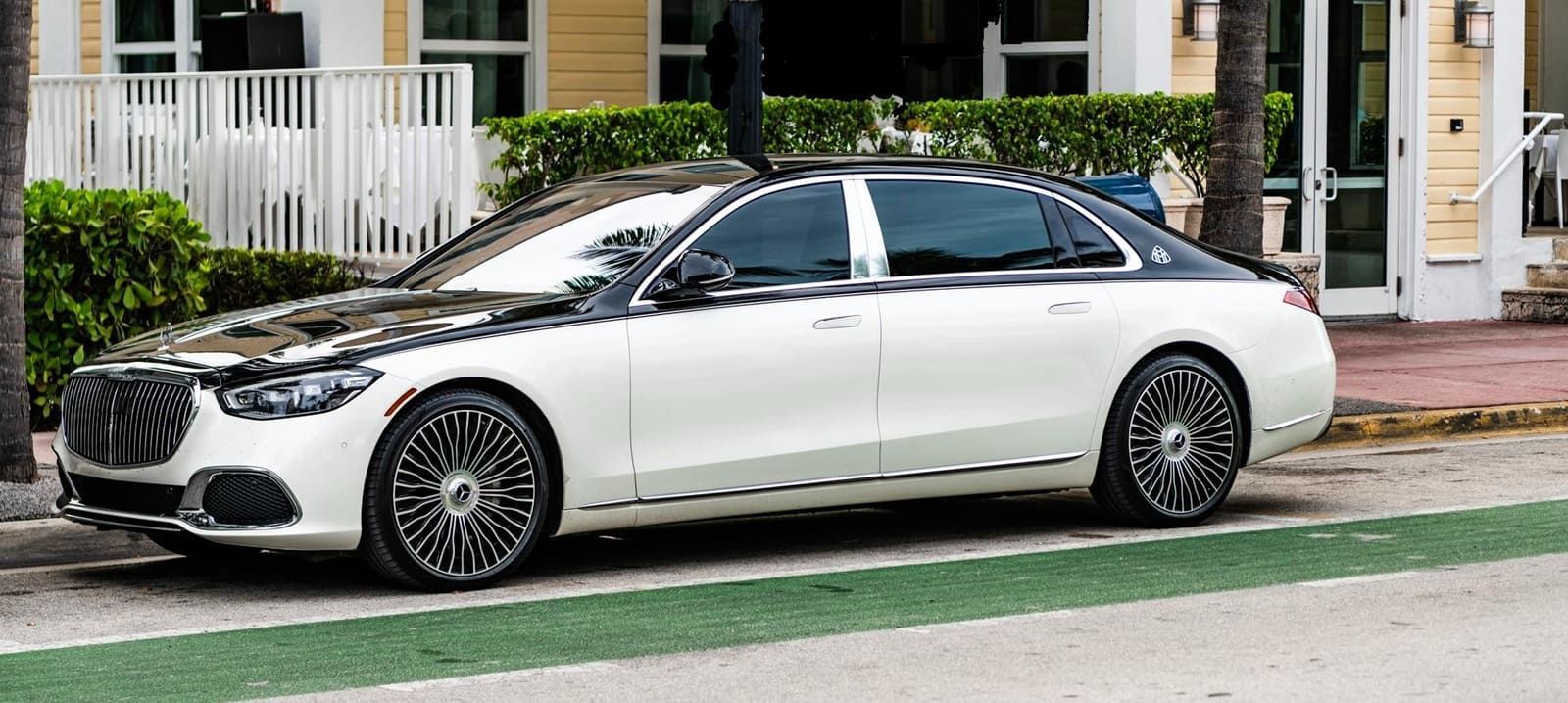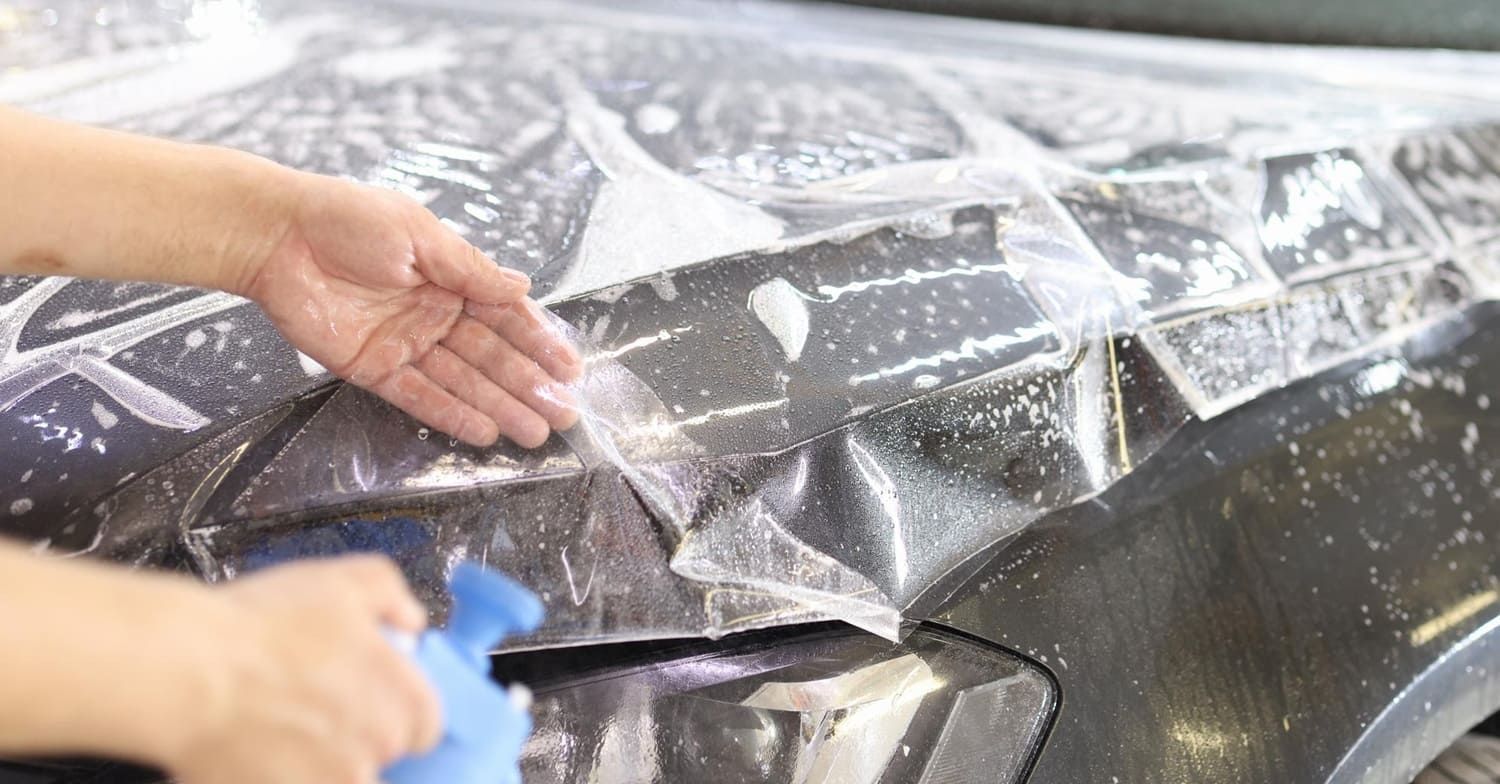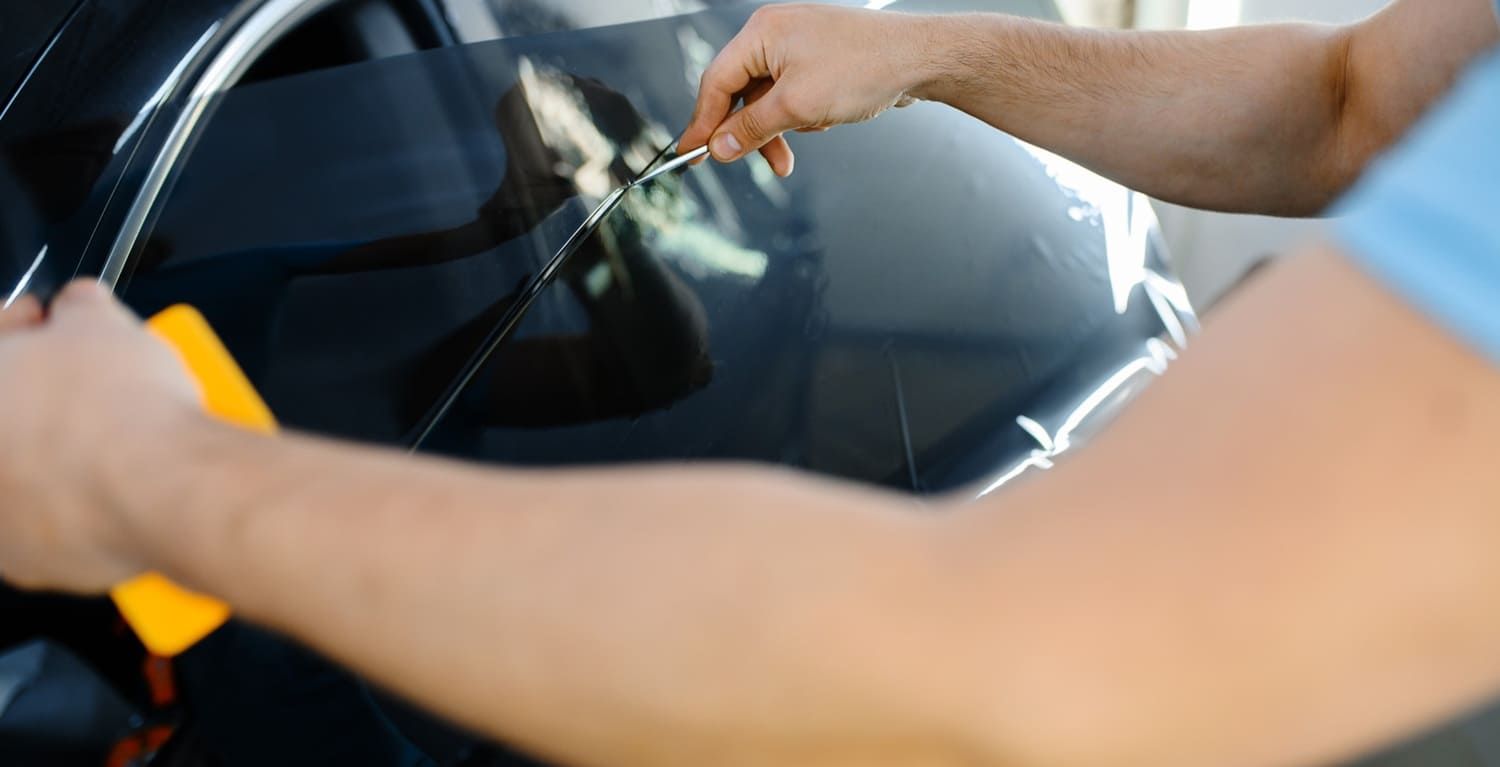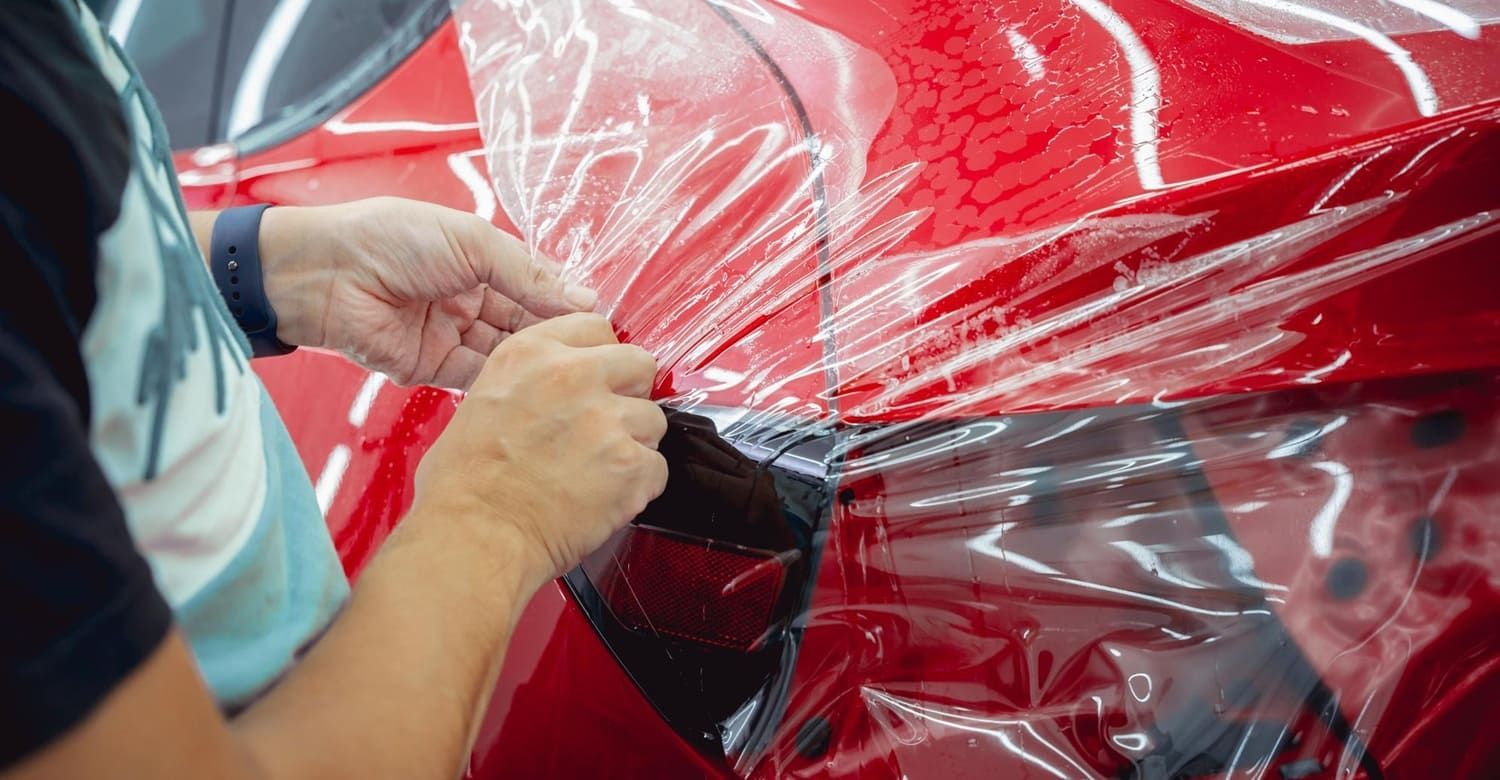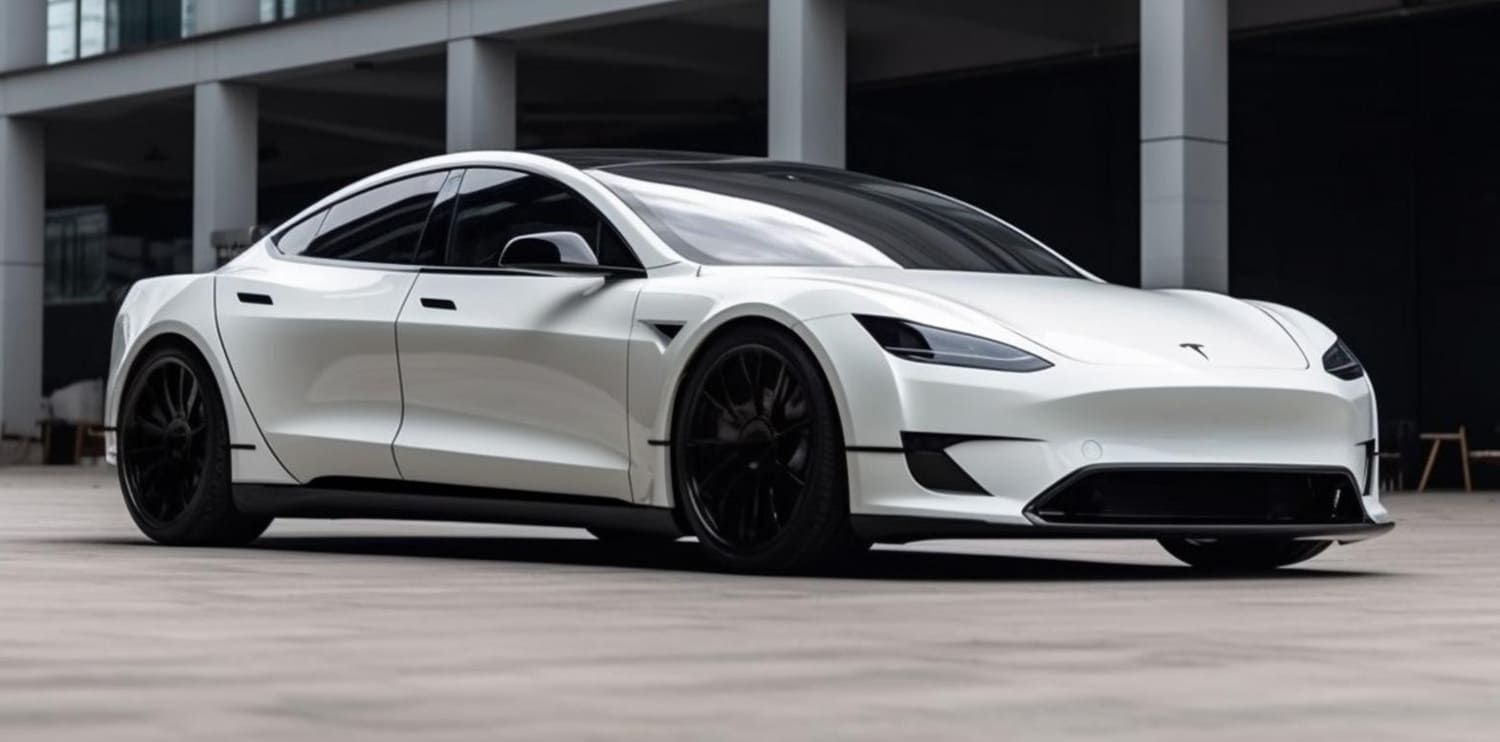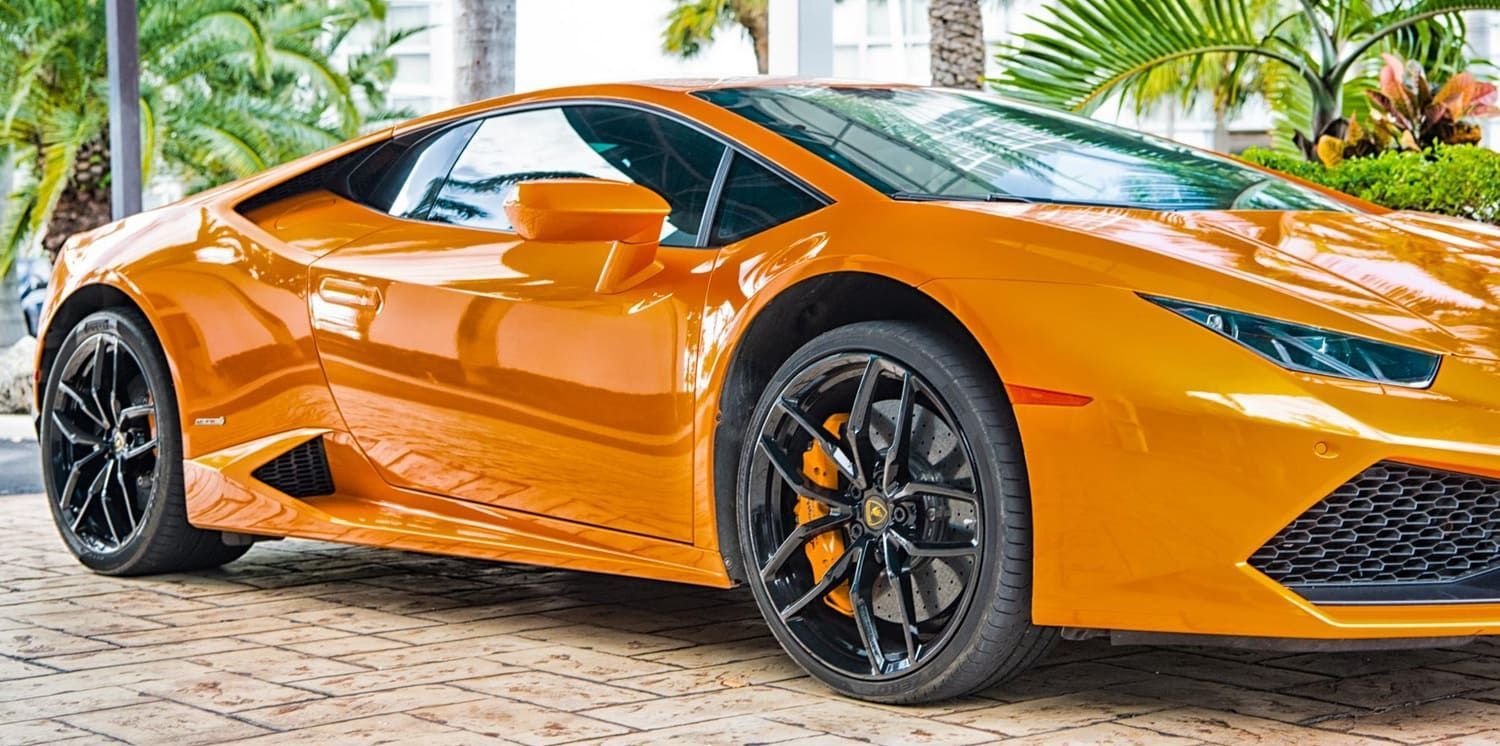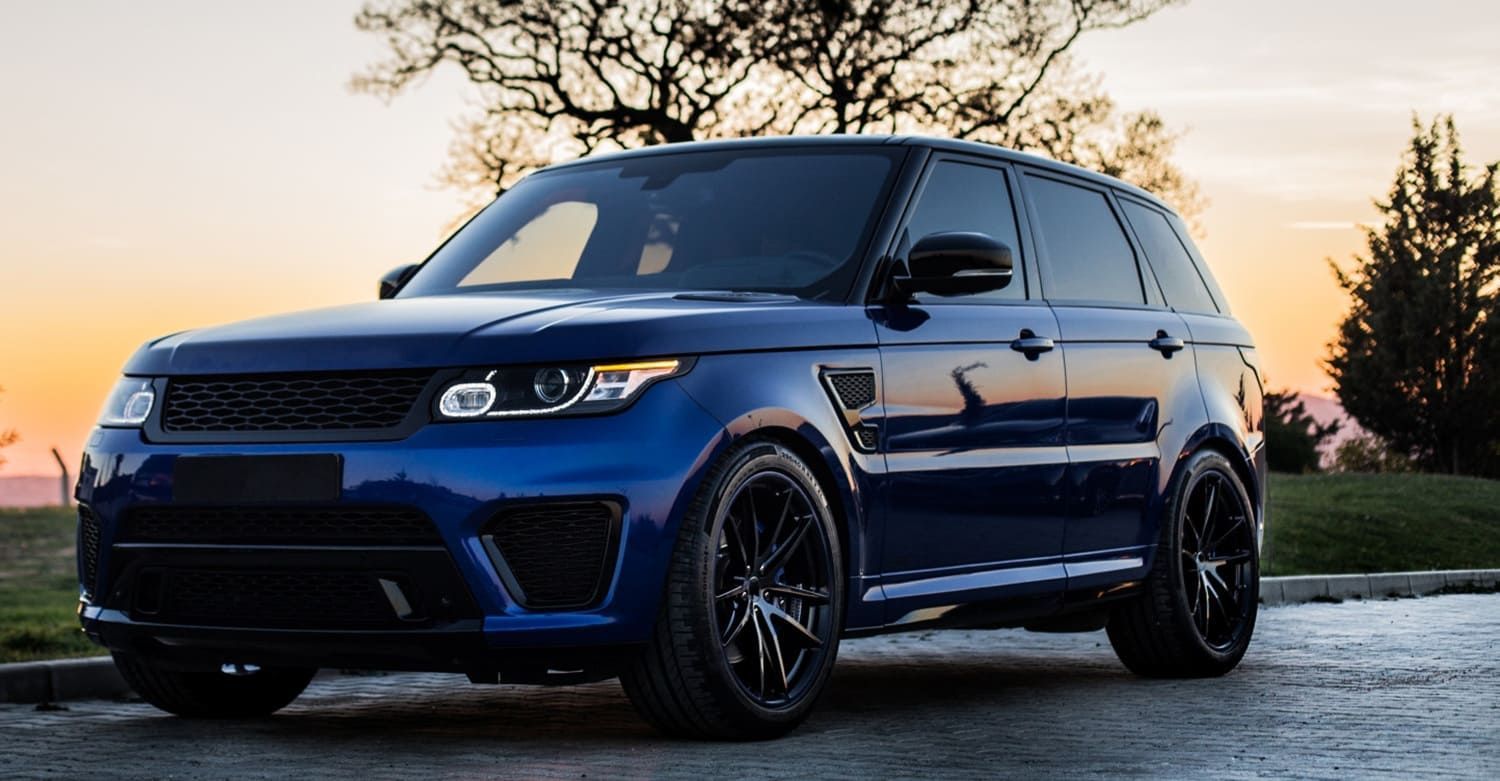Best Window Tint for Tesla: Ceramic vs. Carbon Films
Window tints serve multiple purposes. They can enhance the look of your vehicle, provide privacy, reduce heat and glare, and protect your car's interior from UV damage. When it comes to Tesla, a brand known for its sleek design and advanced technology, selecting the right tint can add another layer of sophistication and practicality. The right tint not only augments the vehicle's aesthetic appeal but also complements Tesla’s cutting-edge features by enhancing comfort and reducing energy consumption for air conditioning.
Moreover, window tints are not just a cosmetic enhancement; they contribute significantly to the driving experience. By minimizing glare and optimizing visibility, tints can make driving more pleasurable and less straining on the eyes. They also play a critical role in maintaining the car’s interior by protecting it from the harsh effects of sunlight, which can cause fading and deterioration over time. Thus, choosing the right tint is an important decision that combines elements of personal preference, lifestyle needs, and practical considerations.
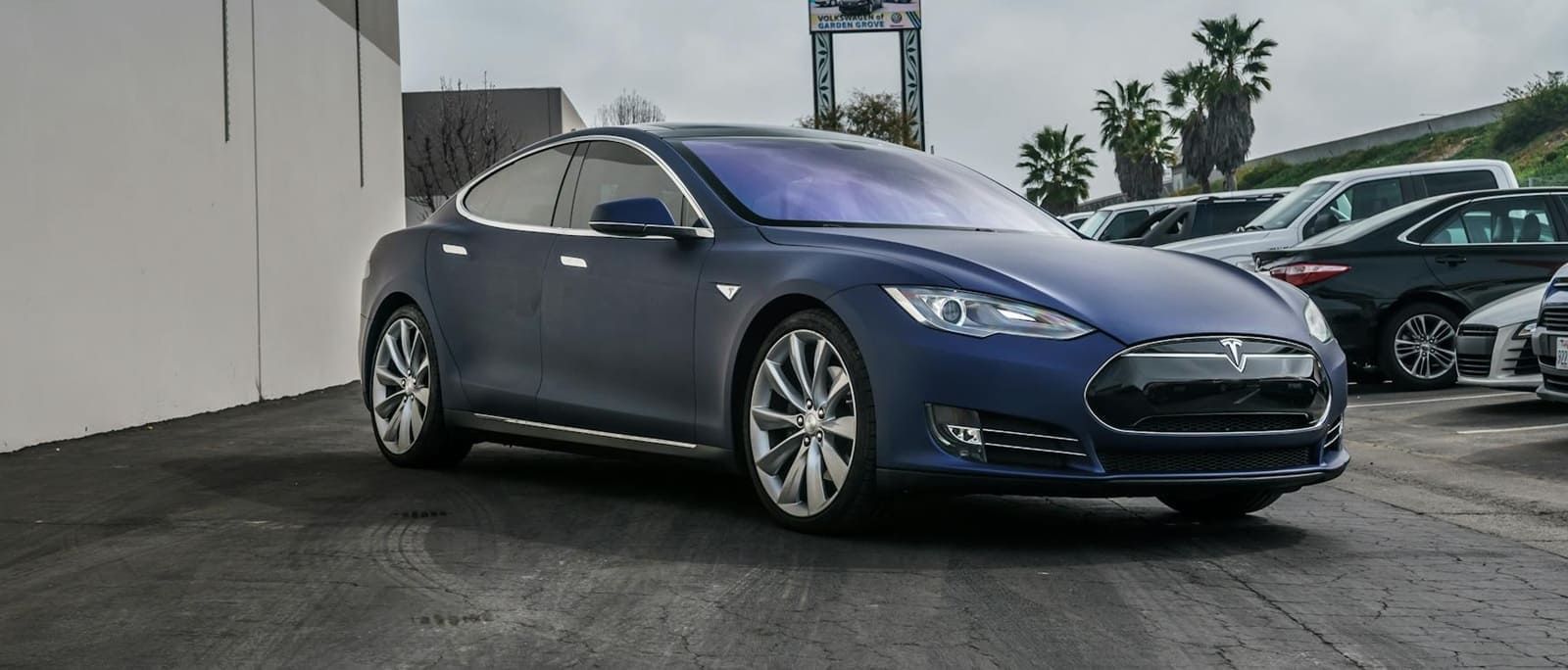
Why Tint Your Tesla's Windows?
Tinting your Tesla's windows is not just about aesthetics. It offers a range of benefits:
- Heat Reduction: Tinted windows can significantly lower the temperature inside your car by blocking out a large percentage of solar heat. This is especially important for electric vehicles like Teslas, as it can reduce the demand on your air conditioning system, thereby preserving battery life and extending driving range.
- UV Protection: A quality tint can block up to 99% of harmful UV rays, which protects both your skin and your car's interior. Over time, UV exposure can lead to skin damage and increase the risk of skin cancer, making window tints an important health consideration as well.
- Glare Reduction: Tints can reduce glare from the sun and headlights, making driving safer and more comfortable. This is crucial for minimizing distractions and ensuring clear visibility, especially during sunrise and sunset or when driving at night.
- Privacy: Darker windows can offer more privacy for the occupants of the car. This adds a layer of security by keeping the contents of your vehicle out of sight from potential thieves and providing peace of mind for those who value discretion while driving.
Ceramic vs. Carbon Window Films
Both ceramic and carbon films are excellent choices for Tesla owners, but they come with their own sets of advantages and disadvantages. Understanding these differences is vital for making an informed decision that aligns with your specific needs and preferences. Each type of film has its unique composition and characteristics, affecting how they perform under different conditions and over time.
Choosing between ceramic and carbon window films involves evaluating factors such as climate, personal preference for appearance, and budget. While both options are non-metallic and won't interfere with your Tesla's electronic systems, their performance in terms of heat rejection, durability, and cost can vary considerably. Understanding these nuances can help you select the right window tint that balances performance, cost-effectiveness, and aesthetic appeal.
Ceramic Window Films
Ceramic window films are made of non-metallic and non-conductive ceramic particles. These films offer excellent performance and durability, making them a top choice for many Tesla owners. They are often recommended for those who prioritize performance and are willing to invest in a high-quality product that offers long-term benefits.
Benefits of Ceramic Window Films
- Superior Heat Rejection: Ceramic tints are known for their ability to block a significant amount of solar heat, keeping your car cooler. This is particularly beneficial in regions with extreme temperatures, where maintaining a comfortable cabin temperature is a priority.
- UV Ray Protection: They provide excellent protection against harmful UV rays, which can prevent skin damage and fading of your car's interior. This protection ensures that both you and your vehicle's interior remain in good condition, free from the harmful effects of prolonged sun exposure.
- Non-Conductive: Unlike metallic tints, ceramic films do not interfere with electronic devices, such as GPS and radio signals, which is crucial for Teslas that heavily rely on technology. This ensures that all of your vehicle’s advanced features remain functional without any disruption.
- Clarity: Ceramic films offer superior clarity and do not fade over time, ensuring long-lasting performance. The clarity provided by ceramic tints enhances both the aesthetic and functional aspects of your vehicle, ensuring unobstructed views.
Drawbacks of Ceramic Window Films
- Cost: Ceramic films are generally more expensive than other types of window tints. However, their long-term benefits and durability often justify the higher price. This investment can be seen as a commitment to quality and performance, particularly for those who plan to keep their Tesla for an extended period.
Carbon Window Films
Carbon window films contain carbon particles that can block infrared light effectively. They are known for their matte finish and affordability. For many Tesla owners, carbon films present a practical choice that offers a good balance between performance and cost without sacrificing essential features.
Benefits of Carbon Window Films
- Good Heat Rejection: Carbon films do a decent job at blocking heat, though not as effectively as ceramic films. This makes them a viable option for those who require moderate heat control in less extreme climates.
- Durability: They are fade-resistant, ensuring that the tint maintains its appearance over time. This durability is crucial for maintaining the aesthetic integrity of your vehicle without frequent replacements or maintenance.
- Affordability: Generally, carbon films are more budget-friendly compared to ceramic films, making them a popular choice for cost-conscious consumers. They offer a practical solution for those who want quality tinting without a high price tag.
- Non-Metallic: Like ceramic films, carbon tints are non-metallic and do not interfere with electronic signals. This ensures that your Tesla's technological features operate seamlessly, providing the convenience and efficiency that Tesla owners expect.
Drawbacks of Carbon Window Films
- Slightly Less Effective: While they perform well, carbon films do not match the heat rejection and clarity levels of ceramic films. This trade-off might be acceptable for those prioritizing budget over maximum performance, but it’s something to consider if climate control is a significant concern.
Choosing the Right Tint for Your Tesla
When deciding between ceramic and carbon window films for your Tesla, consider the following factors:
Budget
If you are working within a limited budget, carbon films offer a good balance of performance and cost. They provide essential benefits without breaking the bank, making them an attractive option for many. However, if long-term benefits and superior performance are your priorities, investing in ceramic films may be worth the extra expense. This decision ultimately depends on your personal preferences and financial considerations.
Heat and UV Rejection
For those living in particularly hot climates, the superior heat rejection and UV protection offered by ceramic films can make a significant difference in comfort and interior preservation. The investment in ceramic films can lead to greater energy efficiency and longevity for your vehicle's interior, justifying the upfront cost. In contrast, carbon films may suffice in milder climates where extreme heat is not a constant concern.
Appearance
Both ceramic and carbon films provide an attractive finish. However, if you prefer a matte look, carbon films might be more appealing. This aesthetic preference can influence the overall look and feel of your Tesla, reflecting your personal style and taste. Ceramic films, on the other hand, offer a sleek and polished appearance that complements Tesla’s modern design.
Technological Considerations
Given that Teslas are highly reliant on advanced technology, choosing a non-metallic tint like ceramic or carbon is crucial to prevent interference with electronic systems. This consideration ensures that features like navigation, autonomous driving systems, and connectivity remain unaffected, maintaining the full functionality of your vehicle.
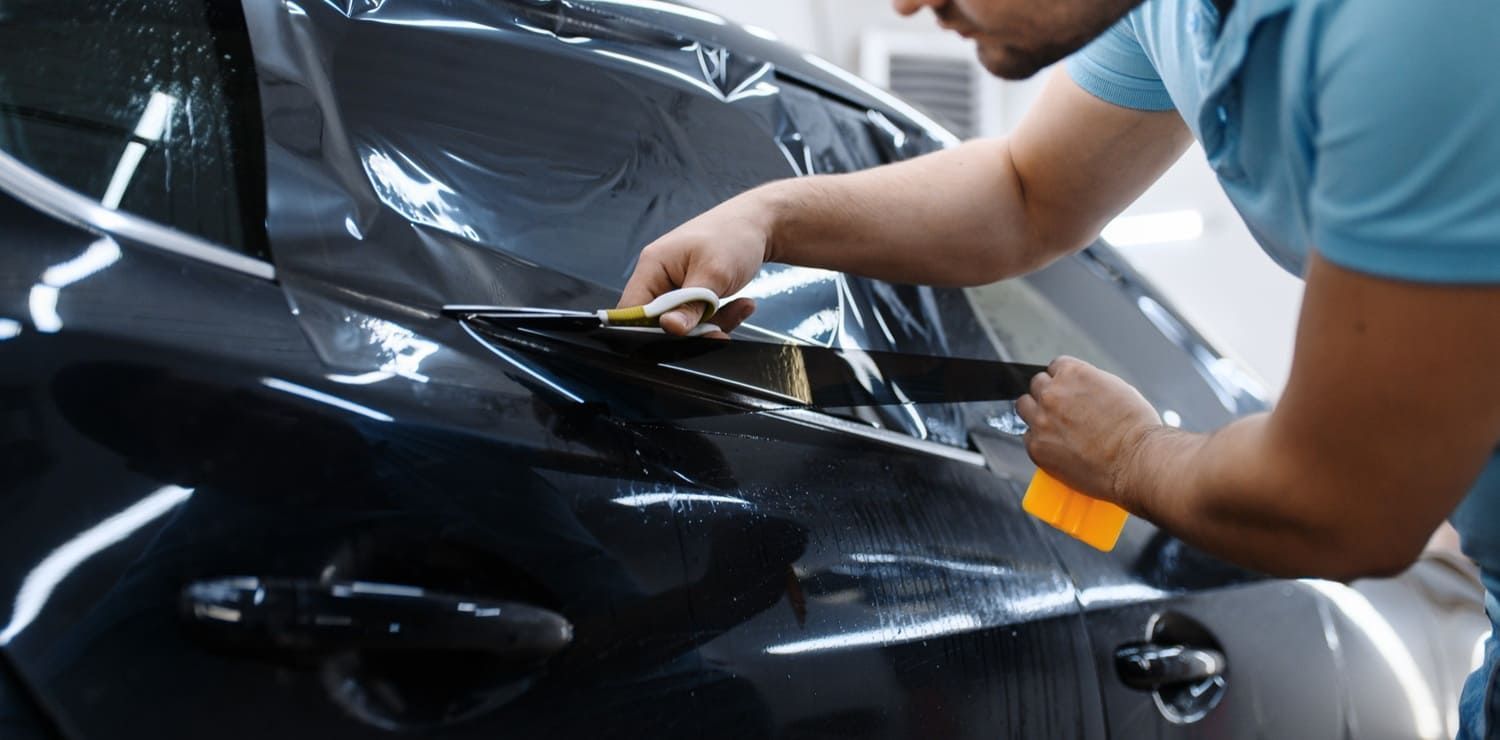
The Role of Professional Installation
Regardless of the type of film you choose, professional installation is essential for ensuring the best results. A skilled installer will ensure that the tint is applied smoothly and without bubbles, which can affect both appearance and performance. Professional installation also guarantees that the tint adheres properly to the windows, preventing peeling and extending the life of the film.
Why LLumar Auto Window Tint?
LLumar is a well-regarded brand in the window tinting industry, known for its high-quality materials and innovative technology. Their range includes both ceramic and carbon films, providing options that cater to different needs and preferences. Choosing LLumar for your Tesla window tint ensures you receive a product that is durable, efficient, and backed by a reputable name. LLumar's reputation for quality and customer satisfaction makes it a trusted choice for Tesla owners seeking reliable and high-performing window tints.
Conclusion
Selecting the best window tint for your Tesla involves weighing the benefits of ceramic versus carbon films. While ceramic films offer superior performance in terms of heat rejection and clarity, carbon films provide a cost-effective alternative with decent performance. With Sunstopper Window Tinting in Melbourne, FL, a trusted LLumar SelectPro Dealer and premier car window tinting installer near you, you can be sure that whichever option you choose will be professionally installed for maximum benefits and longevity.
Your Tesla deserves the best, and with the right window tint, you can enhance both its functionality and appearance. By taking the time to evaluate your needs and preferences, and relying on certified experts like Sunstopper Window Tinting, you can make a decision that enhances your driving experience and protects your investment for years to come.
Contact Sunstopper Window Tinting in Melbourne, FL today for your free estimate and discover why Tesla owners trust us for professional LLumar SelectPro window tint installation.
FAQs About Tesla Window Tint: Ceramic vs Carbon
Which tint is better for Tesla, ceramic or carbon?
Ceramic performs better, but carbon is a solid budget option.
Does ceramic tint block more heat than carbon?
Yes. Ceramic offers superior infrared and UV rejection.
Is carbon tint still effective on Teslas?
Yes. It improves privacy and reduces some heat, though less than ceramic.
Does ceramic tint affect Tesla electronics or signals?
No. Ceramic does not interfere with GPS, Bluetooth, or cell signals.
Is carbon tint cheaper than ceramic?
Yes. Carbon costs less but doesn’t last as long as ceramic.
Which tint lasts longer on Teslas?
Ceramic is more durable and fade-resistant compared to carbon.
Will either tint improve driving comfort?
Yes. Both reduce glare and help maintain cooler cabin temperatures.
Which tint gives the best long-term value?
Ceramic tint provides better performance, durability, and protection.


